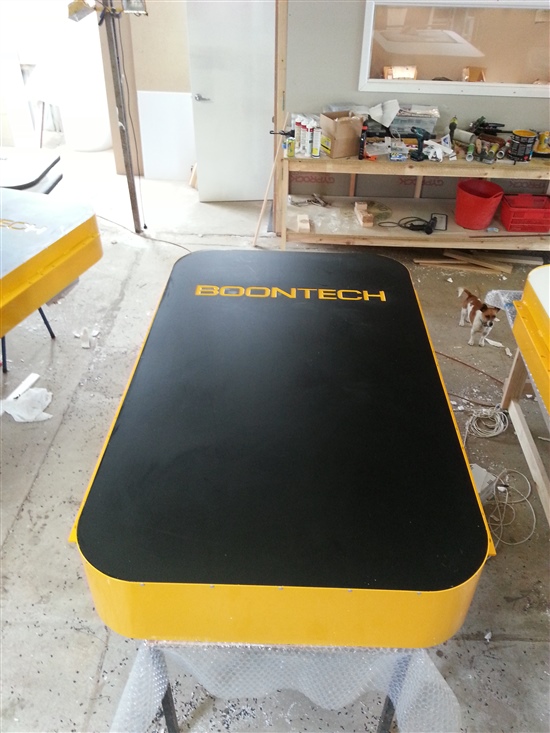Hi,
I am using the RI-INL-W9QM-30 in a selective cattle feed gate employing the TMS3705 a reader. Occasionally other equipment on site, typically dairy parlours uses the 132.4kHz LX HDX system and to avoid problems I have developed a "Stealth Key" which shorts out the inlay if the power phase exceeds 38mS.. This makes our proximity neck carried tag invisible to other readers.
In some instances, the other supplier reader appears to ignore our tag (unprotected) and the presence of our tag does not block the authorised tag even if our tag is manually placed closer to the reader antenna than the authorised tag. This is unexpected and I wonder if there may be an anti-collision algorithm at work but I have regarded LF HDX as being too low bandwidth to implement such an algorithm. We use a complex data payload which would not be recognised by ISO animal systems.
Whilst our "Stealth Tag" solves the problem, it would be helpful to know if Collision protection is sometimes employed in cow I.D. systems since we might then identify other manufacturer's products which do not require us resorting to the "Stealth Key".
As a secondary question, the TMS3705 is now classed as not for new products. Losing the RI-TRP-W9QL-30 caused us problems leading to use of the inlay. Can we expect to purchase the TMS3705 over the next five years ? There appears to be a read only reduced function alternative which would suit us and which is marked ACTIVE - but then so was the W9QL tag ! Would I be right in thinking T.I. might be leaving the LF HDX field ?
Many thanks,
Colin


